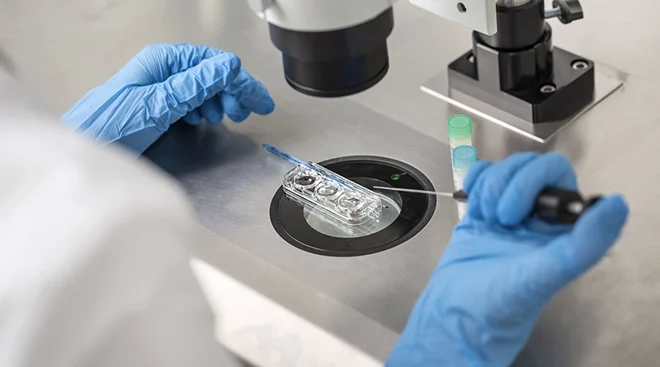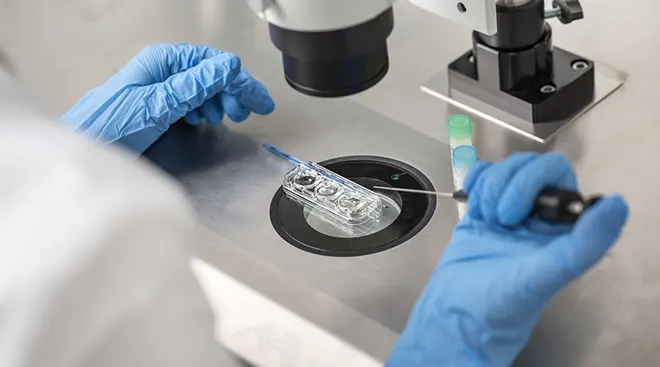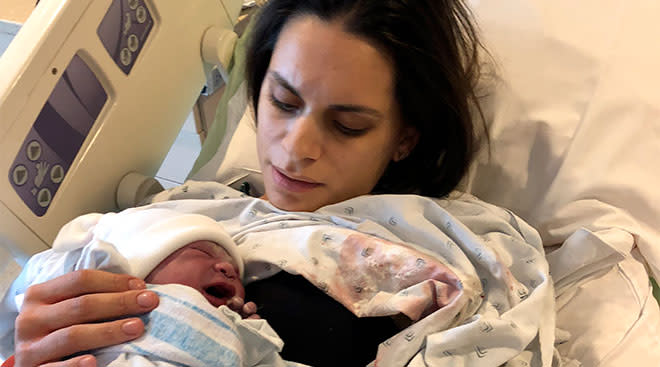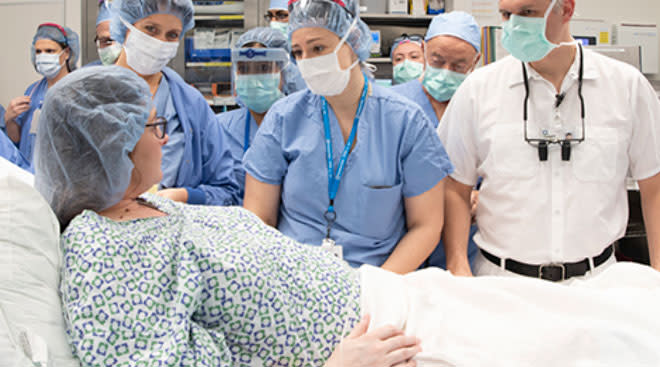Groundbreaking Fertility Technology Uses AI to Identify Sperm
In a promising leap forward for infertility treatments, Columbia Fertility has pioneered a new method to identify and recover sperm cells in men with low sperm counts using AI. Known as the STAR method (Sperm Tracking and Recovery), this innovative technology brings hope to men diagnosed with azoospermia, a condition where sperm is often undetectable in semen samples.
Inspired by the high-tech processes astrophysicists use to discover distant galaxies, the STAR method allows fertility specialists to locate and isolate rare sperm cells. “We’re using the same technologies that are used to search for life in the universe to help create new life right here on Earth," Zev Williams, MD, PhD, director of the Columbia University Fertility Center, explained in a press release.
How the Technology Works
In a typical healthy semen sample, there are millions of sperm cells per milliliter, yet for men with azoospermia, even a single sperm cell may be rare. According to Williams, the STAR method overcomes the obstacles in detecting viable sperm by using high-powered imaging to scan the entire semen sample and capture over 8 million images in under an hour. AI then steps in to quickly and accurately identify sperm cells.
Once located, the team isolates sperm cells using a tiny microfluidic chip. This chip gently directs the portion of the sample containing sperm cells into a designated area, reducing the risk of damaging the delicate cells. Then, a specially programmed robot precisely removes each sperm cell within milliseconds, avoiding conventional processes like centrifugation that can harm cell viability.
How It’s Changing The Game
The STAR method marks a substantial improvement over previous methods, such as surgical sperm extraction or manually scanning centrifuged samples. These traditional approaches are not only costly and sometimes painful but also come with risks of inflammation and reduced testosterone. By contrast, the AI-assisted STAR method is noninvasive and maintains the sperm’s viability without exposing it to harsh treatments.
“By avoiding centrifugation, lasers, dyes or other harsh systems, the STAR system provides a gentler environment that minimizes stress on sperm cells, giving them the best possible chance of being identified and maintaining their viability," Williams explains. After extraction, the sperm cell can either be used immediately for IVF or frozen for future use. With IVF, even one healthy sperm cell can fertilize an egg, making this breakthrough particularly meaningful. “With our method, many men who were previously told they have no chance of having a biological child now have that chance,” Williams hopefully added.
Navigate forward to interact with the calendar and select a date. Press the question mark key to get the keyboard shortcuts for changing dates.




















































